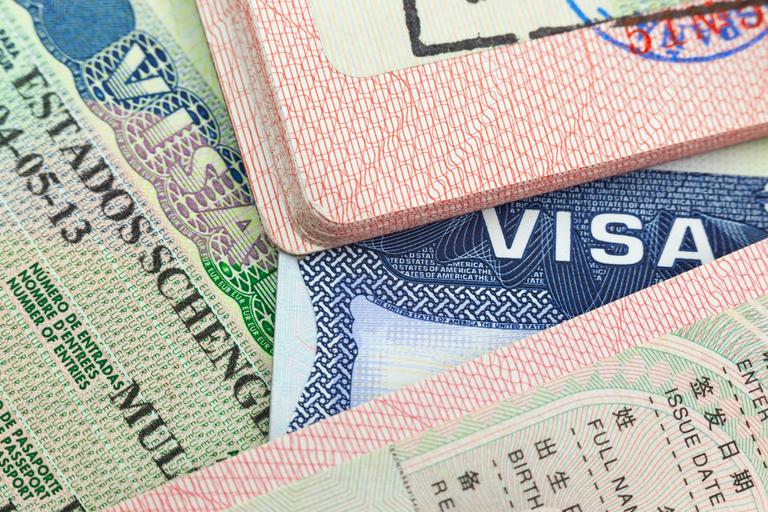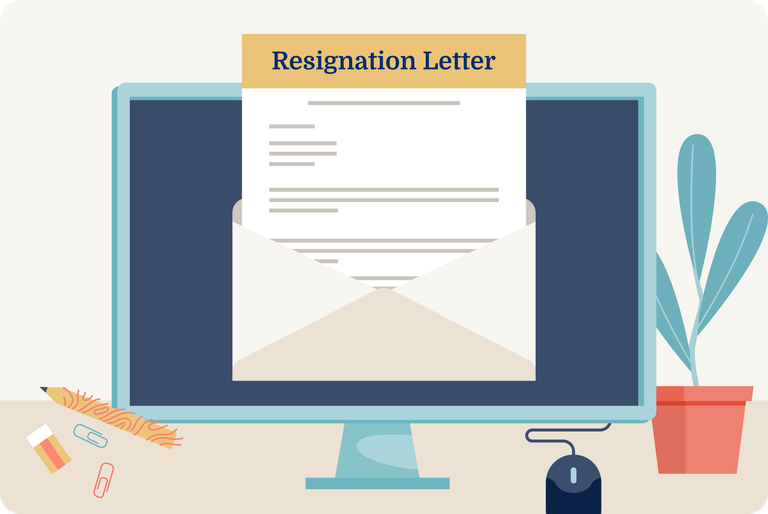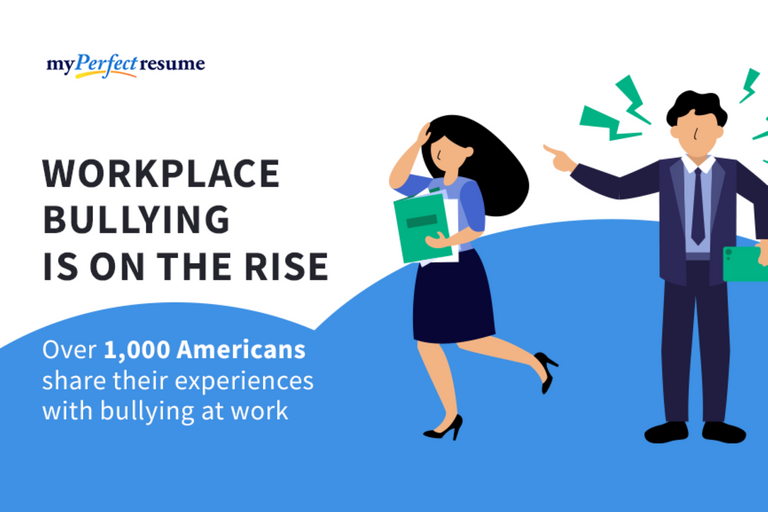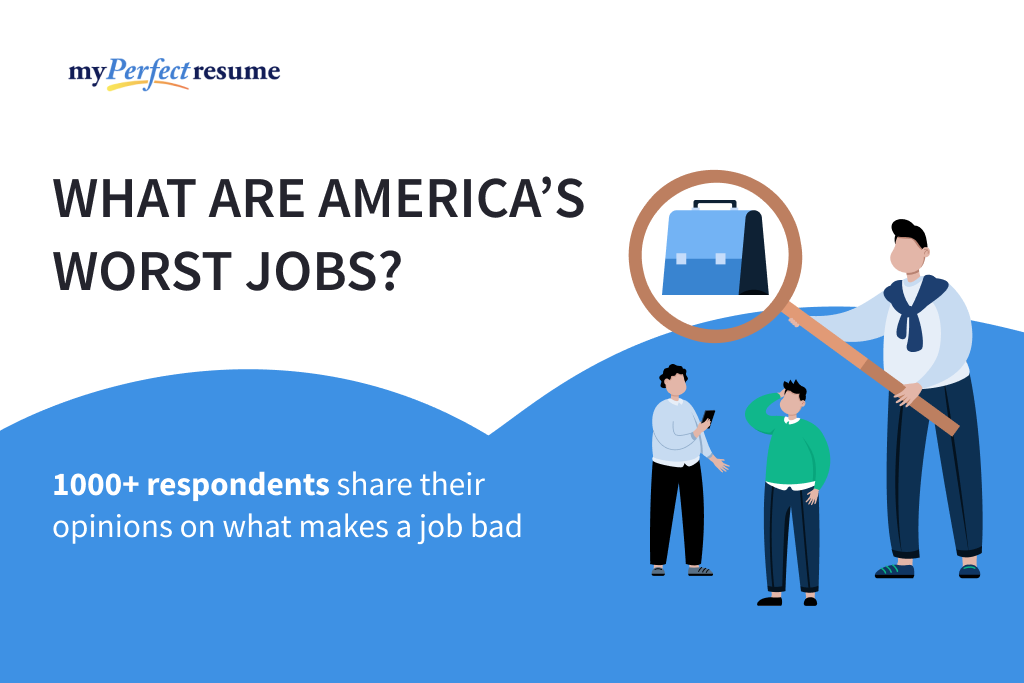Early Birds vs. Night Owls: Who Wins the Productivity Battle?
MyPerfectResume.com [January 09, 2024],
[https://www.myperfectresume.com/career-center/careers/basics/performance-and-working-hours]

Our customers have been hired at: *Foot Note
The early bird catches the worm.
But what about night owls? Do they go hungry?
Transfer this idiom to the world of work and early birds reign supreme, seizing opportunities and achieving more while the night owls toil in the shadows.
But in reality, workplaces and routines are a rigged game tipping the scales in favor of the early bird, forcing the night owl to conform and adapt. But the odds even out as the traditional 9-to-5 workday makes way for a flexible future.
To fully explore this battle of the clock, we surveyed 1,500 workers to unlock the secrets of chronotypes at work. Here’s what we discovered:
- How it feels being an early bird vs a night owl.
- The impact of working hours on work outcomes.
- Whether flexible working arrangements trump a pay rise or family life.
- The influence of age on being an early bird or night owl.
Key findings:
- 94% of respondents currently work outside their preferred hours.
- 45% of respondents take naps while at work to cope with working outside their preferred hours.
- 47% of respondents say a 15% pay increase would convince them to start work significantly earlier/later than their preferred hours. One-fifth of respondents would only accept this scenario if it went hand in hand with a 20% raise.
- To work according to their chronotype, 88% of people are willing to make sacrifices. 42% are willing to sacrifice their family life.
- 73% believe that generation impacts whether a person is a night owl or an early bird.
But that’s just the beginning.
Let’s unravel the dynamics of early birds and night owls and how their distinct work habits influence performance and shape the professional landscape.
Night owl or early bird?
Let’s start our discussion of night owls and early birds with a brief definition to better understand the topic. The term chronotype is key.
Chronotype refers to an individual’s natural inclination or preference for being active and alert during specific periods of the day, particularly concerning their sleep-wake cycle. It categorizes people into distinct groups based on their tendencies as "night owls" or "early birds."
Let’s start by answering the study’s theme question: do people consider themselves night owls or early birds?
- 59% categorize themselves as early birds.
- 25% believe they’re night owls.
- 16% believe they don’t fall into either category.
With 59% identifying as early birds and only 25% as night owls, most lean towards embracing the morning hours. Furthermore, the 16% who identify as neither early birds nor night owls highlight the presence of a subgroup that might have more flexible or irregular sleep-wake patterns.
Our research continued with exploring when people feel most and least productive and focused.
Respondents felt most productive during:
- Early morning (6 AM to 9 AM) – 34%
- Late morning (9 AM to 12 PM) – 31%
- Early Afternoon (12 PM to 3 PM) – 20%
- Late Afternoon (3 PM to 6 PM) – 9%
- Evening (6 PM to 9 PM) – 5%
- Night (9 PM to 12 AM) – 1%
Morning wins. 65% choose morning hours as the time when they are most productive.
Conversely, respondents feel least productive and focused during:
- Early morning (6 AM to 9 AM) – 16%
- Late morning (9 AM to 12 PM) – 22%
- Early Afternoon (12 PM to 3 PM) – 28%
- Late Afternoon (3 PM to 6 PM) – 15%
- Evening (6 PM to 9 PM) – 8%
- Night (9 PM to 12 AM) – 11%
The late afternoon, evening, and night hours emerge as the primary productivity killers for 34% of participants. Amidst the hustle and bustle of the early afternoon (12 PM to 3 PM), 28% of respondents also paint an unfavorable picture, as they believe these are their least productive hours.
Conclusion? Morning hours are the most productive.
And it’s not that people are lazy. Asked in a survey to describe their productivity in general, 63% of people consider themselves extremely or very productive.
So, considering respondents’ productivity (or lack thereof) at specific hours, it is worth answering the question of preferred working hours.
- Starting early morning, ending early afternoon – 24%
- Standard work day (9 AM - 5 PM) – 55%
- Starting later in the morning and ending later in the afternoon – 17%
- Working in the morning, taking a break, and finishing in the afternoon – 4%
This is how respondents’ answers break down. Given that a 9-5 workday is imposed on most employees, 45% "suffer" by working at this time, when in truth, their productivity would have been better at different hours.
Additionally, take a peek at data on how employees feel about working during their non-preferred hours.
- 42% can manage, but their productivity is lower.
- 35% can adapt and perform well regardless of the time.
- 23% find it difficult to work outside preferred hours, and their productivity is much lower.
Only 35% adapt and perform well regardless of the time. 65% report a drop in productivity.
What does it mean? Employers should strive to create a work environment that respects individual chronotypes, which can positively influence employee satisfaction and performance. Meanwhile, workers should be aware of their preferences and consider seeking accommodations or advocating for flexible work arrangements to maximize their productivity and well-being.
Impact of working hours on work outcomes
Many people still operate within a 9-5 workday. And it’s not fair, as some gain and others lose.
70% of respondents think early birds are more productive within a 9-5 working schedule.
And whether people work the hours that correspond to their needs significantly impacts their job satisfaction, performance, and productivity.
When asked, “Are you currently working outside your preferred hours?” our respondents say:
- Yes, and it has a moderately negative impact on my job satisfaction – 42%
- Yes, and it has a very negative impact on my job satisfaction – 40%
- Yes, but it has no impact on my job satisfaction – 12%
- No, I am currently working within my preferred hours – 6%
So, 94% are currently working outside their preferred work hours.
The number may seem high, but we have external data to back it up. In 2018, Céline Vetter, an assistant professor at the University of Colorado at Boulder, said that 80% of employees may work a schedule not in sync with their natural clocks. Over time, instead of declining, this figure grew.
But workers can address lack of flexibility. Sometimes merely talking is enough. As part of the survey, we asked respondents if they have ever discussed their working preferences with employers or managers.
- 49% did so, and their supervisors were supportive and accommodating.
- 42% also took up such a conversation, but their employer/manager was not supportive or accommodating.
- 7% haven’t talked to their manager about changing their working hours to better suit them.
Next, we asked respondents to rate the significance of flexible work hours to their overall job satisfaction on a scale of 1 (not important) to 5 (extremely important). The results revealed a compelling trend, with a whopping 57% assigning a rating of important or extremely important. This resounding majority underscores the undeniable impact of flexible work hours on employees' contentment and fulfillment in their roles.
And without that flexibility, it’s not only job satisfaction that suffers.
Respondents candidly described the impact of working outside their preferred hours on their overall well-being. The data shows that 77% experienced a negative effect on their well-being:
- 30% experience significantly negative effects on their overall well-being.
- 47% experience a moderately negative impact on overall well-being.
- 15% report their well-being is unaffected.
- 8% experience positive effects on their overall well-being.
And how about performance? Here, again 77% experience the negative impact of working outside their preferred hours of productivity:
- For 47%, job performance somewhat suffers when they work outside their preferred hours.
- 30% reveal their job performance significantly suffers.
- 15% believe their job performance remains unaffected.
- 7% of respondents say their performance improves when forced to work outside their preferred hours.
The repercussions of this misalignment between work hours and personal chronotypes can be even more far-reaching, affecting various aspects of an individual’s life. The top consequences of working outside preferred hours are:
- Mood swings or irritability – 38%
- Physical health issues (e.g., headaches) – 37%
- Difficulty concentrating or focusing – 34%
- Increased fatigue or tiredness – 33%
- Decreased productivity or performance – 33%
- Strained personal relationships or social life – 32%
- Difficulty sleeping or disrupted sleep patterns – 31%
In this question, respondents were allowed to select as many syndromes they suffer when unable to work their preferred hours. The toll of working outside preferred hours is undeniable, from mood swings and physical health issues to decreased productivity and strained personal relationships.
Only 17% of respondents said they don’t experience any specific consequences.
In such a situation, most people are forced to test many different strategies to cope with work outside preferred hours.
- Taking short naps or breaks during work hours – 45%
- Adjusting their sleep schedule on non-working days – 44%
- Engaging in stress management techniques (e.g., exercise, meditation) – 43%
- Consuming caffeine or energy drinks – 42%
- Seeking flexibility in their work schedule whenever possible – 39%
These are the most popular techniques that respondents shared with us. Typically, employees don’t use just one but choose two or more strategies.
Taking naps during work hours or consuming energy drinks? Time is money, so the first technique raises concerns about productivity, while the second one questions long-term sustainability and potential health implications.
It is worth noting that 18% don’t have effective coping strategies.
Weighing the importance of working according to chronotype
Let’s gauge the significance of working during preferred hours.
- For 61% of respondents, it holds moderate importance, as they demonstrate adaptability and can cope with various work schedules.
- It’s important for 24%, but they can still manage if they need to work outside preferred hours.
- 7% emphasize the extreme importance of working during their preferred hours, because it significantly impacts their job satisfaction and performance.
- It’s not important for 7% who have no strong preference for specific work hours.
Respondents also contemplated the extent to which they are willing to make sacrifices to achieve an optimal work-life balance and align personal preferences with professional commitments.
- 44% would make significant sacrifices to work during their preferred hours.
- 44% would make minor sacrifices if required.
- 11% are unwilling to sacrifice anything and prefer to adapt.
So what are those sacrifices?
As part of our comprehensive study, we presented research participants with a list. We asked them to indicate all the aspects of life they might be willing to sacrifice in exchange for work flexibility.
- 42% would be willing to sacrifice aspects of their family life to work during their preferred working hours.
- 37% of respondents would sacrifice their free time.
- 35% would change their personal values.
- 34% of participants would sacrifice time spent on hobbies and personal interests.
- 30% of respondents would be willing to sacrifice in their relationship or marriage.
- 30% would resign from a successful career.
- 28% of participants were willing to sacrifice aspects of their mental health.
- Notably, 11% of respondents expressed their contentment with their current work schedule and indicated they would not be willing to make any sacrifices to change it.
But making sacrifices can be different when presented with a conscious choice.
If you are ready to resign from your job to make a change, explore our guide on how to write a resignation letter. To make a standout resume and land a new role fast, check out what to put on a resume to get noticed by employers.
We asked participants to consider various scenarios and make choices regarding their work hours and associated benefits. The results provided fascinating insights into individuals’ priorities regarding their work-life balance.
So what do people prefer?
- Flexibility is almost equal to a pay rise
Working against preferred hours with a 20% pay raise – 49%
vs
Earning 20% less than now but having flexible hours – 51%
Speaking of money — we asked survey takers how much a pay increase would convince them to start work significantly earlier/later than their preferred hours.
- Only a small fraction (4%) of respondents indicated that a 5% pay increase would convince them to start work significantly earlier or later than their preferred hours.
- As the compensation offer increased to 10%, 28% of respondents expressed a willingness to adjust their work hours.
- This number grew as the compensation offer reached 15%. 47% of respondents indicated their willingness to start work earlier or later in exchange for a 15% pay increase.
- As the financial incentive reached 20% or higher, a considerable portion (20%) of respondents would be open to adjusting their work hours if offered this.
- Interestingly, a small minority (2%) of respondents firmly stated that no additional compensation would make them willing to start work significantly earlier or later.
The survey results on work-hour preferences present a compelling picture of financial incentives’ significant impact on individuals’ willingness to adjust their work hours. It is evident from the data that money works wonders in influencing work-hour decisions for the majority of respondents.
As the pay increase offered gradually rose, we observed a clear correlation with the proportion of respondents willing to start work significantly earlier or later than their preferred hours. Financial incentives hold significant sway over employees’ decisions regarding work-hour flexibility.
- Stable employment over flexibility
Working against your preferred hours – 72%
vs
Being unemployed – 28%
- Work-life balance wins by a small margin
Working according to your preferred hours – 47%
vs
Having a good work-life balance – 53%
- Balancing bob security and preferred hours
Working according to your preferred hours – 50%
vs
Job security – 50%
- Flexible hours over promotion
Working according to your preferred hours – 55%
vs
Promotion – 45%
- Flexibility over PTO
Working according to your preferred hours – 73%
vs
Unlimited PTO – 27%
The desire to work during one’s preferred hours can prompt employees to weigh the value of certain concessions against the benefits of a harmonized schedule. While financial incentives and job security remain essential considerations, many employees prioritize work-life balance and flexible hours.
Generational shifts
As we delve deeper into the dynamics of sleep patterns and lifestyle preferences, an intriguing question arises: Is being a night owl or an early bird a matter of generation?
The task was simple: determining if age affects our sleep patterns. We asked respondents if, in their opinion, age impacts whether someone is a night owl or an early bird.
- 73% believe so.
- 14% held the view that age does not influence an individual’s preference for being a night owl or an early bird.
- 13% of participants were unsure.
So are older generations, such as Baby Boomers and Generation X, generally early birds, while their younger counterparts, including Millennials and Generation Z, generally night owls?
- 50% of respondents strongly believe that older generations are typically early birds, while younger generations are more inclined to be night owls.
- 40% of participants acknowledged that there is some truth to this statement, but that it isn’t true for everyone.
- 10% of respondents asserted that there is no substantial difference between generations regarding their tendency to be early birds or night owls.
So if not age and belonging to a particular generation, what influences whether a person is a night owl or an early bird?
Factors contributing to the perceived difference in chronotype between generations:
- Lifestyle and work demands – 41%
- Social activities and nightlife culture – 38%
- Generational values – 38%
- Attitude to work – 38%
- Technological advancements and screen time – 38%
- Different working culture – 37%
- Biological factors and circadian rhythms — 36%
In this study, participants were free to select multiple factors that resonated with them. And it is evident that perceived difference in chronotype preferences between generations is shaped by many factors, such as a combination of lifestyle, work demands, social activities, and generational values that play significant roles in shaping individuals.
But there’s more. It’s genetic whether you’re an early bird, a night owl, or something in the middle. According to researcher Michael Weedon’s study, 351 genetic factors influence whether people prefer mornings or evenings.
Next question, do wake/sleep preferences of different generations impact workplace dynamics and collaboration?
- 41% of respondents highlighted that differing wake/sleep preferences among generations can create challenges in coordinating work schedules and meetings.
- 34% expressed that generational differences in sleep patterns can lead to conflicts or misunderstandings between coworkers.
- 25% of respondents believed that wake/sleep preferences do not significantly impact workplace dynamics and collaboration.
So conflicts and disagreements can arise, and the respondents have encountered them in practice. 47% of respondents say they have personally experienced challenges or conflicts arising from differences in sleep preferences. But, at the same time, 44% observed benefits or positive outcomes resulting from diverse sleep preferences.
In light of these intriguing findings, employers face an essential question: Should they accommodate generational differences in chronotype when crafting work schedules? The answer is a resounding “Yes.”
- 86% said accommodating different generations’ diverse wake/sleep preferences is crucial when setting work schedules.
- Only 14% believe that wake/sleep preferences should not be a determining factor in work schedules or shift rotations.
With a staggering 86% of respondents emphasizing the importance of accommodating these variations, it becomes evident that tailoring schedules to suit different generations’ natural rhythms can significantly enhance employee satisfaction and productivity. The majority view reflects a growing understanding of the impact of work hours on employee well-being and performance, promoting a more inclusive and adaptable approach to workforce management. Embracing this perspective will foster a more harmonious and engaged workforce, ultimately benefiting both employees and employers. Check out current RTO trends for additional insight into the future of work.
Methodology
We obtained the data presented by surveying 1,473 American respondents. They were asked about their sleep patterns and working hours preferences. These included yes/no questions, open-ended questions, scale-based questions relating to levels of agreement with a statement, and questions that permitted the selection of multiple options from a list of answers.
Limitations
The data we are presenting rely on self-reports from respondents. Everyone who took our survey read and responded to each question without any research administration or interference. Many potential issues with self-reported data include selective memory, telescoping, attribution, or exaggeration.
Some questions and responses have been rephrased or condensed for readers’ clarity and ease of understanding. In some cases, the percentages presented may not add up to 100 percent; depending on the case, this can be due to rounding, due to being part of a larger statistic, or due to responses of “neither/uncertain/unknown” not being presented.
Fair Use Statement
Feel free to share our findings whether you’re a night owl or an early bird. If your audience is interested in this information, you can share it for noncommercial reuse. In return, we ask that you link back to this page so your readers can view the complete study.
About Us
At MyPerfectResume, we’ve got everything you need to find a satisfying career. Our extensive collection of resume examples (written by certified professional resume writers) and professional resume templates empower you to adapt to these trends and showcase your skills effectively. Explore our resources and our user-friendly online resume builder to create a standout resume that aligns with the evolving job market, helping you stay competitive and achieve your career goals. Start building your future today.
How we reviewed this article
Since 2013, we have helped more than 15 million job seekers with our user-friendly tools and career advice articles. We have a rigorous editorial process to ensure that our content is helpful, accurate and free of errors. Explore our recent employment studies and press coverage and discover why our certified career experts are a trusted source for professionals worldwide.
Sources
- Harrison, E.M., Easterling, A.P., Schmied, E.A., Hurtado, S.L., and Glickman, G.L., “Chronotype and self-reported sleep, alertness, and mental health”
- Hunt, K., “Night owls may be twice as likely as early risers to underperform at work, study suggests”
- Jones, S.E., Lane, J.M., Wood, A.R. et al., “Genome-wide association analyses of chronotype in 697,828 individuals provides insights into circadian rhythms”
- Laber-Warren, E., “New Office Hours Aim for Well Rested, More Productive Workers”
- Middleton, T., “Night owl or early bird? Take our chronotype quiz to discover your circadian personality”
- Torpey, E. for U.S. Bureau of Labor Statistics, “Careers for night owls and early birds”
- Vetter et al., “Current Biology”
Our customers have been hired at:*Foot Note















